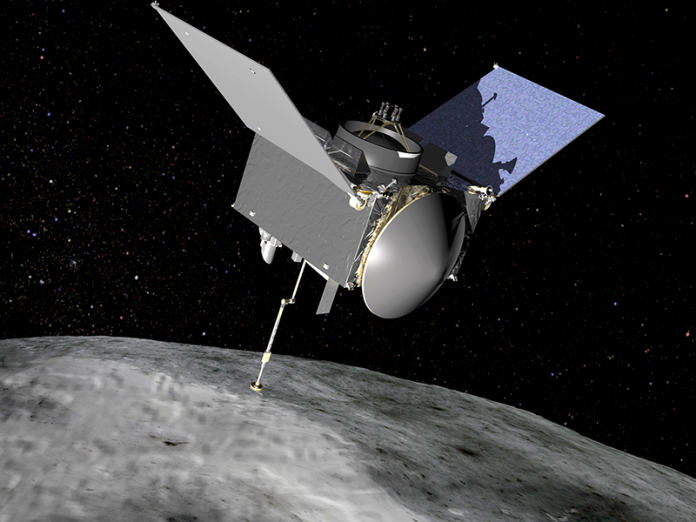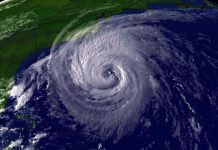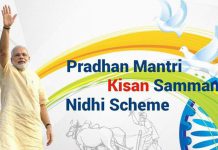Isro – Scarsat-1 : Satellite which will help predicting cyclones accurately
India is set to acquire the capability for more accurate prediction and tracking of cyclones, with the launch of the ScatSat-1 satellite in September.
Salient Features
- The indigenously developed weather forecasting satellite will be equipped with on board instruments to monitor sea surface winds and help predict the genesis of cyclones
- The primary payload of ScatSat-1 is a scatterometer to keep a watch on the speed and direction of ocean winds that indicate the formation and strengthening of cyclones.
- The satellite will have the capacity to monitor temperature and humidity and transmit 48 images per day.
- The best thing about this 301 kg satellite is that it is being built at 60% of the actual cost, and in one-third of the estimated time.
- About 40% of satellite is made by recycling the leftover equipment from previous satellite missions.
- It is a polar orbiting satellite that will take two days to cover the globe. The data will be used by NASA, European Organisation for the Exploitation of Meteorological Satellites, and National Oceanic and Atmospheric Administration as well.
- Scheduled to launched by the PSLV- C35, the satellite is expected to replace Oceansat-2 which is out of service after completing its life span.
What is scatterometer?
- A scatterometer in the satellite will help predict formation of cyclones in the seas. Such predictions help in timely evacuation and minimise human casualties.
- A scatterometer is a microwave radar sensor. It measures the scattering effect produced while scanning the surface of the Earth from an aircraft or a satellite.
- It will measure the direction and speed of winds over the seas and oceans.
Background
- SCATSat-1 is an OceanSat-2 follow-up mission, actually a gap-filler mission between OceanSat-2 and -3, under development at ISRO (Indian Space Research Organization) with the objective to continue the global ocean wind vector data acquisition started by the OSCAT (OceanSat-2 Scanning Scatterometer).
- The satellite has been designed to withstand multiple system failures, unlike the last one.
- The information of global ocean surface winds is an important ingredient for weather forecasts. In particular, a need for global coverage of scatterometer data became evident, when NASA’s SeaWinds scatterometer on the QuikSCAT spacecraft ceased nominal operations in November 2009.
- Currently India is dependent on NASA’s ISS-RapidScat for prediction of cyclone forecasting and weather prediction
Doppler radar to boost weather forecasting
In a bid to improve weather forecasting services, Indian Space Research Organisation has commissioned a Doppler weather radar at the Vikram Sarabhai Space Centre (VSSC), Thiruvanthapuram.
The C- band Polarimetric Doppler weather radar (C-DWR)
- It is the first of its kind in South India.
- The data generated by the DWR would be shared with the India Meteorological Department to supplement its prediction.
- It would be made available to researchers and other user agencies also.
- The only other C- DWR in the country is at Chirapunji.
- Two more units are coming up at Bhuj in Gujarat and Gopalpur in Odisha.
- The DWR is expected to aid rainfall estimation and detect thunderstorm, cyclones and other severe weather events within a radius of 400 km.
Features
- It has instruments to measure rainfall intensity, wind shear and velocity and locate a storm centre and the direction of a tornado or gust front.
- Equipped with a parabolic dish antenna and a foam sandwich spherical radome, the radar is designed to improve precision in long range weather forecasting and surveillance using the Doppler effect.
- It works by bouncing a microwave signal off a target and analysing how the object’s motion has altered the frequency of the return signal.
It’s another giant leap, says Moon Express co-founder
An Indian American entrepreneur has begun a countdown for launching a moon lander next year after the Federal Aviation Administration (FAA) announced it has approved his company’s venture.
Naveen Jain, the founder of Moon Express, termed the U.S. government’s approval for the MX1-E moon lander “another giant leap for humanity.”
Moon Express
- The company was co-founded in 2010 by space visionary, Dr Bob Richards, Naveen Jain and serial entrepreneur and artificial intelligence and space technology guru Dr Barney Pell.
- The MX-1 will ride to the moon orbit on a space vehicle from Rocket Lab USA.
- One of that company’s backers is Khosla Ventures created by Vinod Khosla, the venture capitalist who is an Indian Institute of Technology-Delhi graduate and who co-founded Sun Microsystems.
- Moon Express CEO Bob Richards cited the discovery of water on the moon as an incentive for lunar ventures.
- The discovery was accomplished by the Indian Space Research Organization’s (ISRO) Chandrayaan-1 spacecraft with ISRO’s Moon Impact Probe (MIP) and NASA’s Moon Mineralogy Mapper (M3).
- The recent discovery of water on the moon is an economic game changer for humanity’s future. Water is the oil of the solar system and the moon has become a gas station in the sky.
- Moon Express is the first private company to get government approval for a moon venture.
- The FAA described the MX-1E as a spacecraft that can orbit to the moon, make a soft landing on the lunar surface, and move on it by making “hops”.
Moon Express needed the FAA approval because the Outer Space Treaty requires private ventures to be authorized by a government that has signed the treaty.























